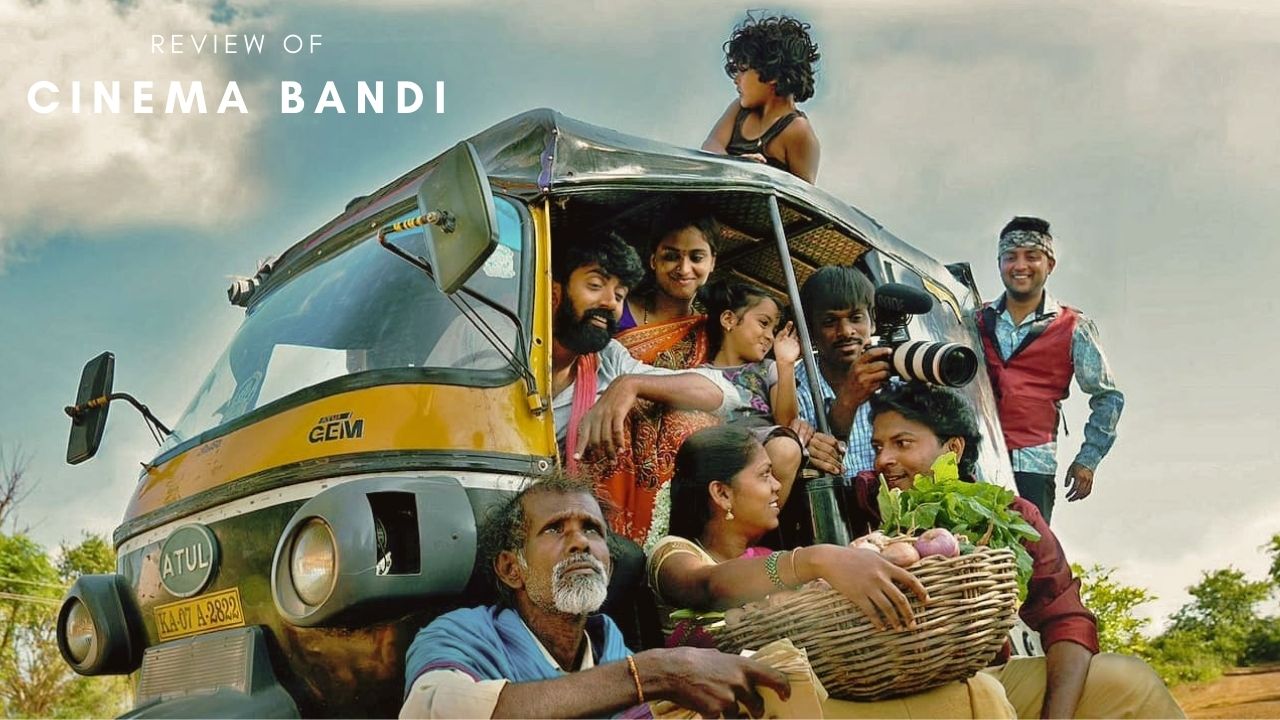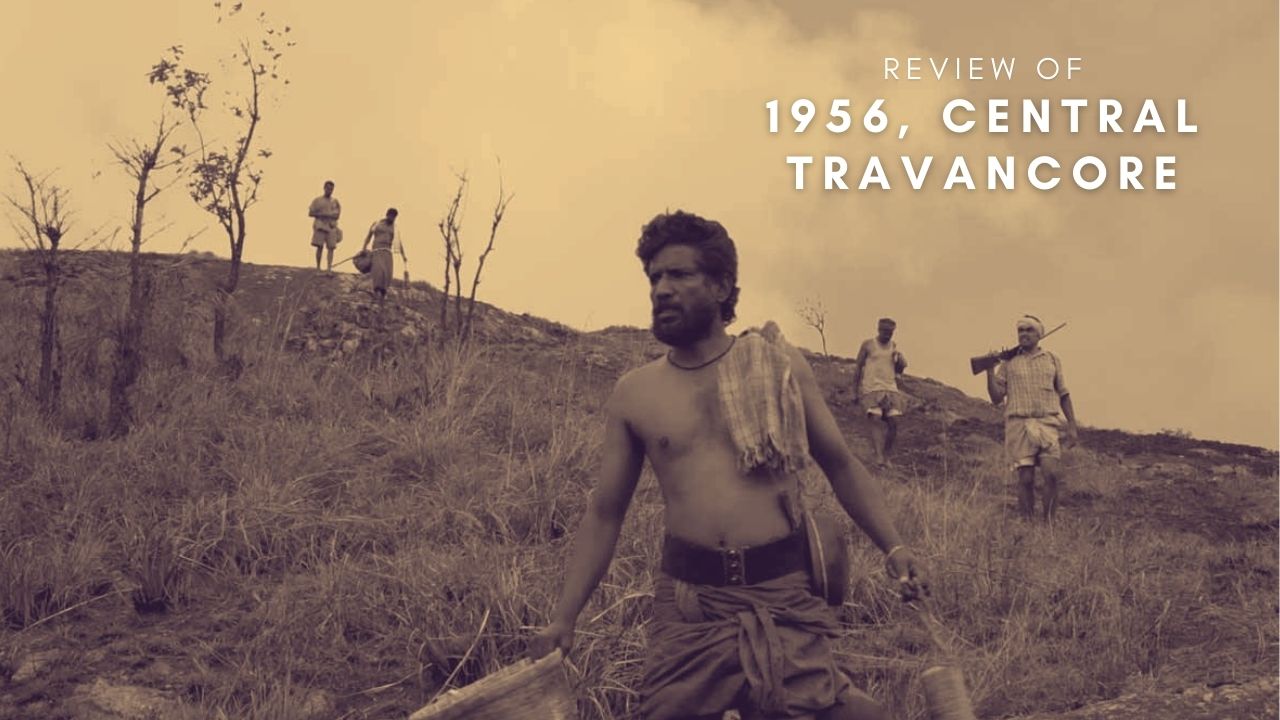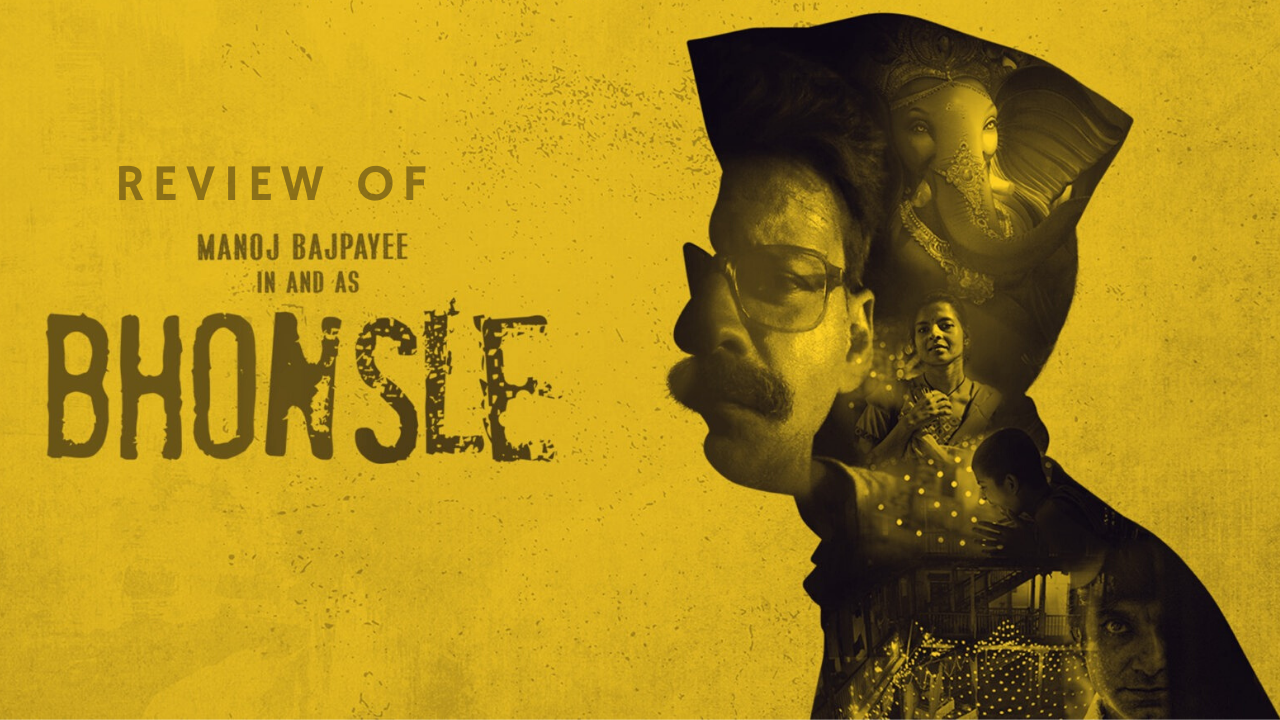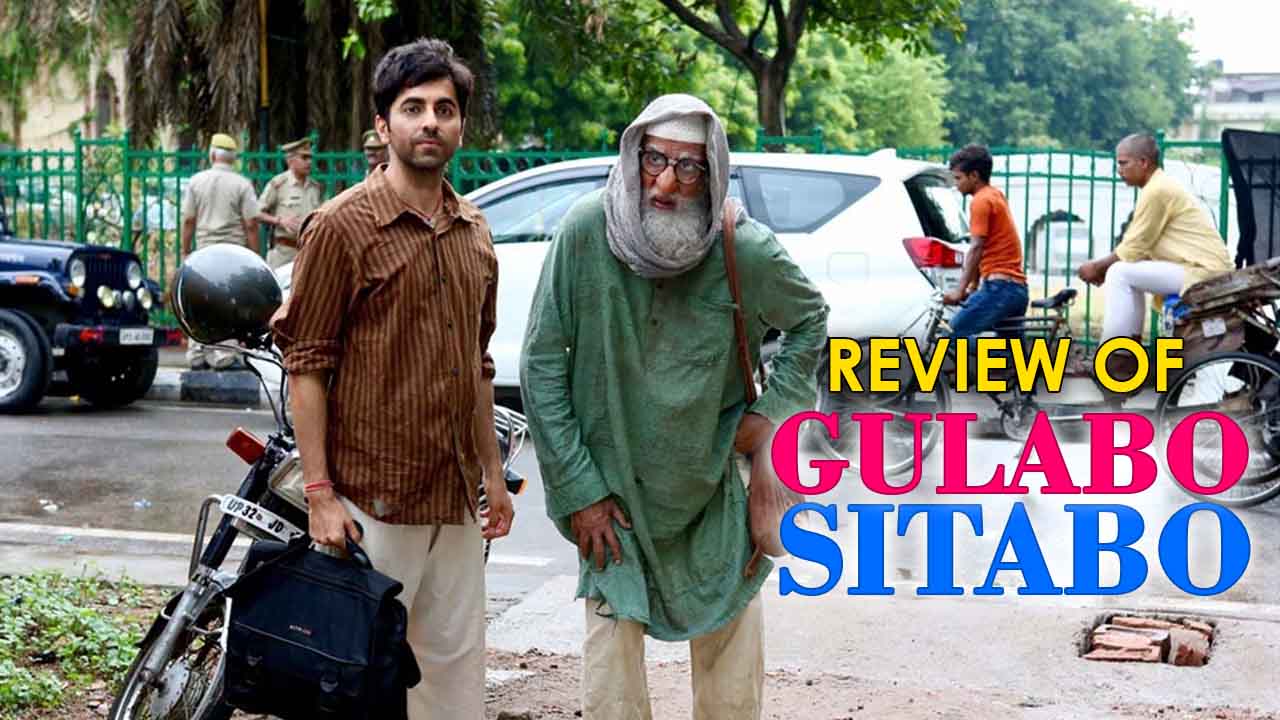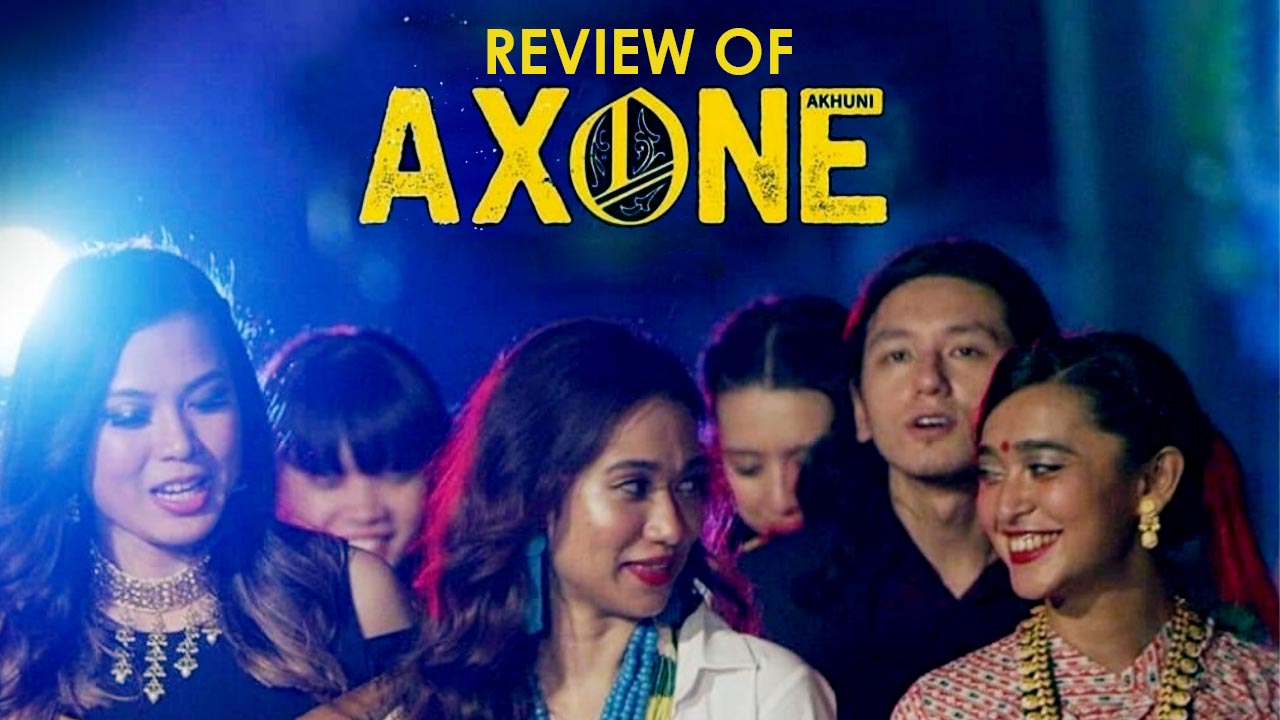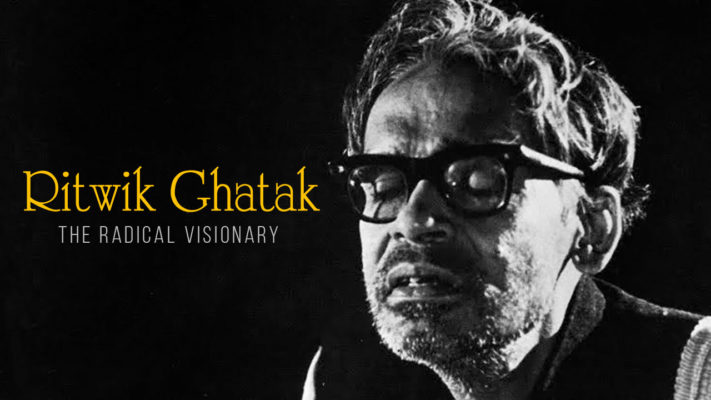
The Filmmaker Who Was Not An Ardent Fan Of Cinema
While placing Ritwik Ghatak on the pages of the history of Indian cinema, Paul Willemen and Ashish Rajadhyaksha claim that from the purview of aesthetics, Ghatak’s work “can be placed alongside that of Bengali novelist Manik Bandyopadhyay and the teachings of his music forbear Ustad Allauddin Khan.” However, what is odd is that a great filmmaker as Ghatak was, whose comments mostly were placed around cinema, he himself deplored cinema as a medium. Apparently, Ghatak set his foot into the lines of the cinema because he was impressed by the immense mass of the film going community. What Ghatak was concerned with the most, was to unveil the realities of life before his audience and he realized that there was no better medium than the cinema.
In fact, when asked about his choice of the cinema as a medium, he said, “It can reach millions of people at one go, which no other medium is capable of.” Ghatak has expressed in more than one occasion that had he the option to switch to any other medium to reach out to a large portion of masses, he would be happy to disregard ‘the cinema’ as a medium. Perhaps, his discontent with the cinema as an art form rooted from his questions on the clarity of the qualities that made cinema what cinema is. Remarking on the aesthetic importance of the artist, Ghatak said, “Raw meat is not exactly ‘Mughlai kebab’. A cook comes somewhere in between.” The artist’s engagement with his work is what mattered to Ghatak the most.
Perhaps, this is the only reason why Ghatak could never be confined within any one genre of the cinematic style. Ghatak’s independent style and free will, his artistic whims can well be realised when he himself pointed out, “My first film was called a picaresque episodic film along the lines of the eighteenth century Spanish novel Gil Blas de Santillane; the second was called a film of documentary approach; the next was a melodrama, and the fourth, nothing at all, just no film.”
So, here we have a filmmaker with no attachment with the genre of his art whatsoever, with no love for perhaps what is the most universally influential medium, and yet he is the one who mastered the art on his fingertips nevertheless. A self-appointed artist, perhaps one of the very few to place Indian Cinema on the map, what makes him so great?
An Artist Was Born

Born in 1925, Ghatak’s maturity began to take shape during the 1940 paroxysms – the Second Great War, the Bengal famine of 1944, the post-independence communal hostility, and the Horcrux of Ghatak’s life –the Bengal Partition –“In our boyhood, we have seen a Bengal, whole and glorious… Our dreams faded away. We crashed on our faces, clinging to the crumbling Bengal, divested of all its glory.” Perpetual abandonment and dispossession that were constant companions of Ghatak, constantly find themselves playing in between lines of Ghatak’s cinematic style.
Taking a detour from the conventional lines of Indian cinema, Ritwik Ghatak is known to have never sugarcoated the harsh realities of life and politics in his art. In fact, his point-blank attitude and tongue in cheek representation of life, as he perceived it, find their places etched into the very essence of Ghatak’s cinema. With Bertolt Brecht and Sergei Eisenstein as his artistic icons, Ritwik Ghatak’s political and social activism is mirrored in his films woven with culturally rich content that act as vehicles for his radical ideologies.
The innovator in Ritwik Ghatak somewhat inherently pushed him towards breaching and constructing the contemporary rules and parameters of the cinema, resisting the trends of the contemporary cinematic age. The essence of Ghatak’s creative spirit resides in the isolated sense of his personal vision that flows against the tide. In fact, as a forced immigrant of the Partition, his sense of “un-belonging” is artistically overstated as one whose vision of life and the world is far from the trajectory in which the visions of his contemporaries moved.
In the words of one of his most dedicated pupils, Kumar Sahani, “The heroes and heroines of Ritwik Ghatak’s films, while their energies are sapped by a society which can sustain no growth, have inner resources that seem to assert themselves… He was extremely disenchanted with those of his colleagues who wanted to maintain a false unity and was not, implicitly, pained enough by the splintering of every form of social and cultural values and movement. It is these factors that make Ritwik’s films a vitally generative force for the young. He does not hide behind a medieval or a dead pastor a decorative Indianness…Very few of his contemporaries have avoided these pitfalls whether they work in the cinema and the other arts, or in the theoretical and cultural sphere. It is as if they were ashamed of being themselves, today, with their true history.”
The Uncomfortable Genius Of Ritwik Ghatak
Unlike the ‘blue-eyed boy’ of Indian cinema, Satyajit Ray, Ritwik Ghatak is like “an undesirable guest: he lacks respect, has ‘views’, makes a mess and disdains decorum.”
Jacob Levich while speaking on Ghatak said, “Viewing Ritwik Ghatak is an edgy, intimate experience, an engagement with a brilliantly erratic intelligence in an atmosphere of inquiry, experimentation, and disconcerting honesty. The feeling can be invigorating, but it’s never comfortable.”
While Ray’s art will make one comfortably numb, Ghatak’s art would make one squirm in their seats. The cinematic canon of Ghatak, though features only eight films before his untimely death, nevertheless, each one of them is a masterpiece in its own. Among these eight, three form his “Partition Trilogy” that is the most critically acclaimed of all his works –The Cloud-Capped Star (Meghey Dhaka Tara), The Golden Line (Subarnarekha), E-Flat (Komal Gandhar).
The Cloud-Capped Star (Meghey Dhaka Tara)
The masterpiece of Ghatak is a melodrama, that has its focus placed on an immigrant East Bengal family who are the victims of the Bengal Partition. The family forms an unstable existence in the Calcutta outskirts. Ghatak’s masterstrokes can be seen in the momentous captures of the complexities of the destructive and the constructive forces that play within the survival efforts of each of the family members. The domestic tragedy revolves around Neeta, the self-sacrificing provider and the eldest daughter of the family, incessantly struggling at her day job. On the other hand, the elder brother aspires of becoming a musician, while the younger one ends up working in a factory. Amidst all these hard attempts, the father gradually conceives the futility of liberal education in a world that is so modern in its outlook that it has no place for Milton or Yeats or for the idealistic Bengali liberalism in the nineteenth century.
The Golden Line (Subarnarekha)
Bordering on the lines of his masterpiece, The Golden Line, is located at a refugee residing in the Calcutta outskirts. Set in the early 1950s, the film shows a brother and a sister, Ishwar and Seeta, who take in Abhiram, a forsaken boy. Abhiram and Seeta fall in love and the relationship sets down in the path of a tragedy, when, by the discovery of Abhiram’s status as low-caste, due to the sudden appearance of Abhiram’s mother, Ishwar becomes determined of finding a husband of high-caste for Seeta.
E-Flat (Komal Gandhar)
This piece of Ghatak’s art of two rival groups of theatre striving to join forces is as much an allegory for the Bengal Partition as it is a backstage drama. Bhrigu, the director and his dictatorial approach causes some of the members of his theatre troupe to drift apart and go in their own direction. Anasuya, a young actress struggles to reunite the broken group for a staging of the classic, Shakuntala. With Bhrigu and Anasuya coming closer, the equations of their professional and personal relations become complicated by the jealous interventions of a former actress of Bhrigu’s troupe, Shanta.
Reason, Debate And A Story (Jukti Takko Aar Gappo)
This was Ritwik Ghatak’s last film and is considered a platform where Ghatak faces directly his life. He casts himself in the film as Nilkantha, an intellectually frustrated alcoholic; and casts Ritaban, his son as Nilkantha’s son. Set in 1971, amidst the war between Pakistan and India, the film shows Nilkantha moving out of Calcutta and hitting the road once his marriage is into shatters. With his travelling crowd increasing in size, as he keeps on his path, Nilkantha wonders about his past, qualms about the present state of the nation and mulls over the future prospects.
Ghatak, The Rebel
An alcoholic, uncouth, edgy and rude sums up both Ritwik Ghatak and his art. He deliberately makes one uncomfortable and that had been his motive and challenge all throughout his artistic career. Siddharth Tripathy says, “If cinema were a religion… Ritwik Ghatak was a rare Catholic from our country.” Ghatak, however unappreciated, had dared to move out of the mainstream cinematic discourse and boomed open a whole mess that changed the domain of Indian cinema.
Even the face of Indian cinema, the God of so many cinema enthusiasts, Satyajit Ray, had to bow before him when he said, “Ritwik was a Bengali director in heart and soul, a Bengali artist, much more of a Bengali than myself. For me, that is the last word about him, and that is his most valuable and distinctive characteristic.”
